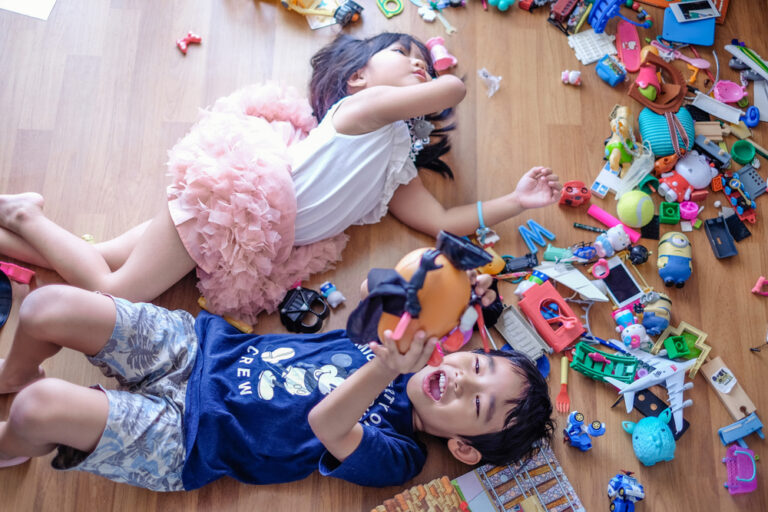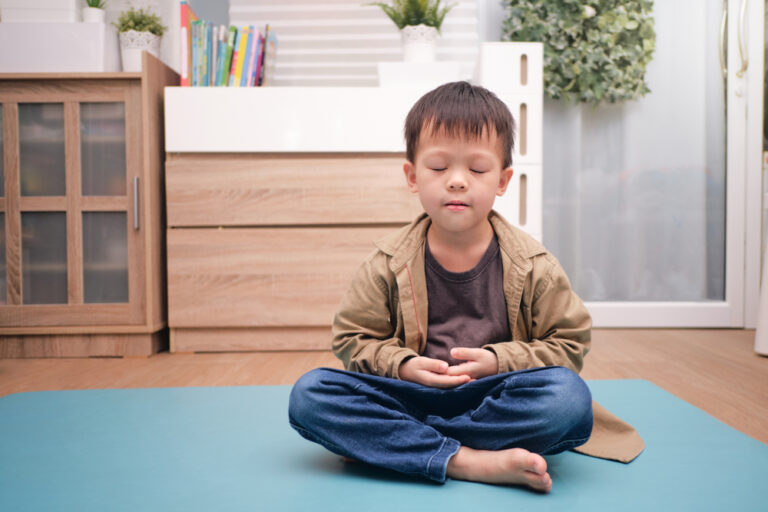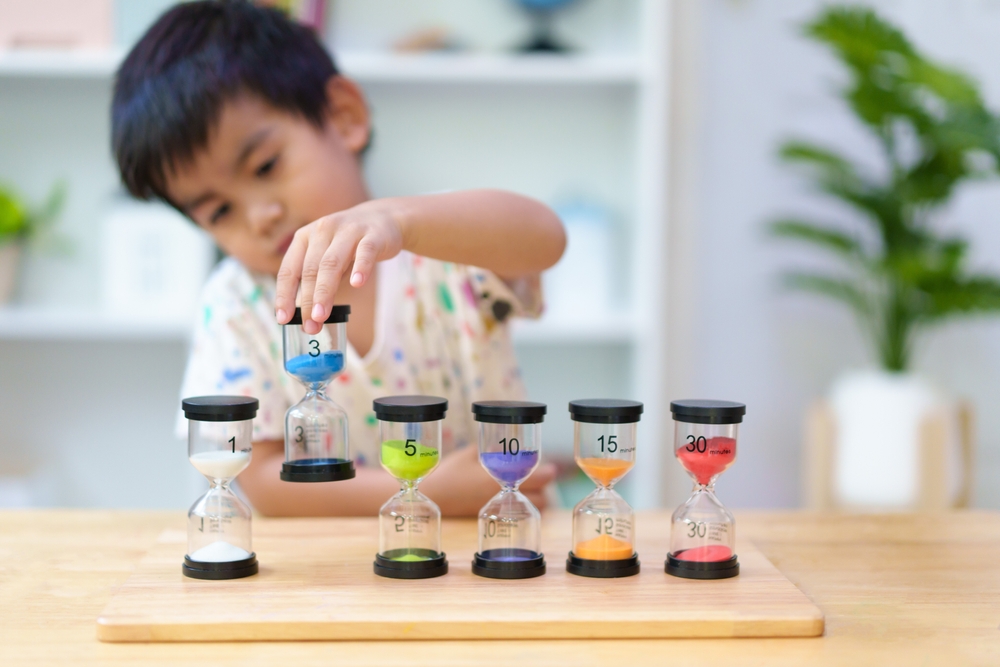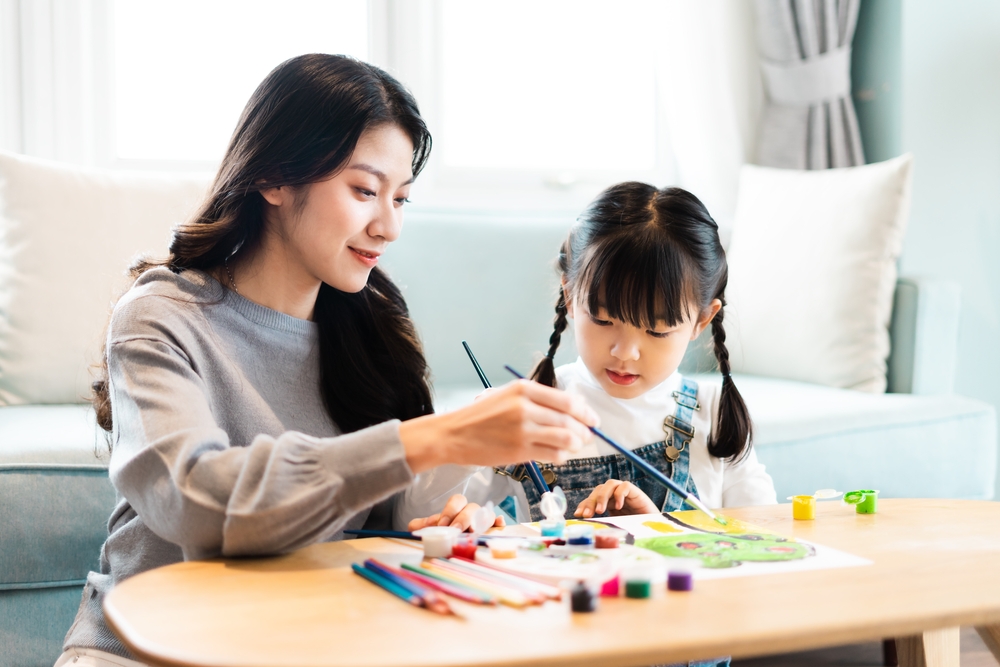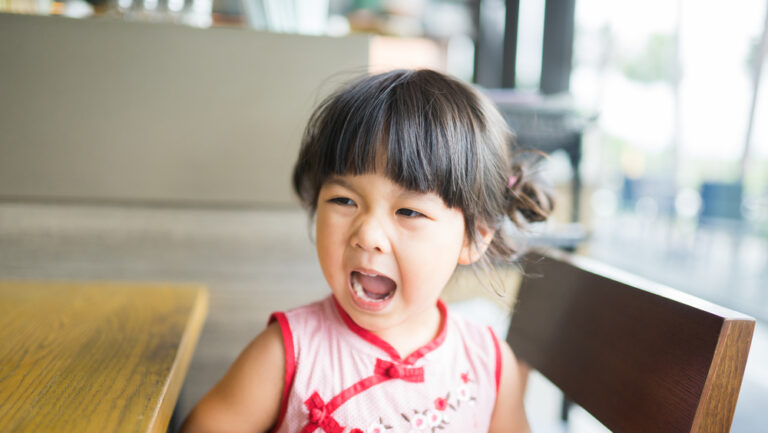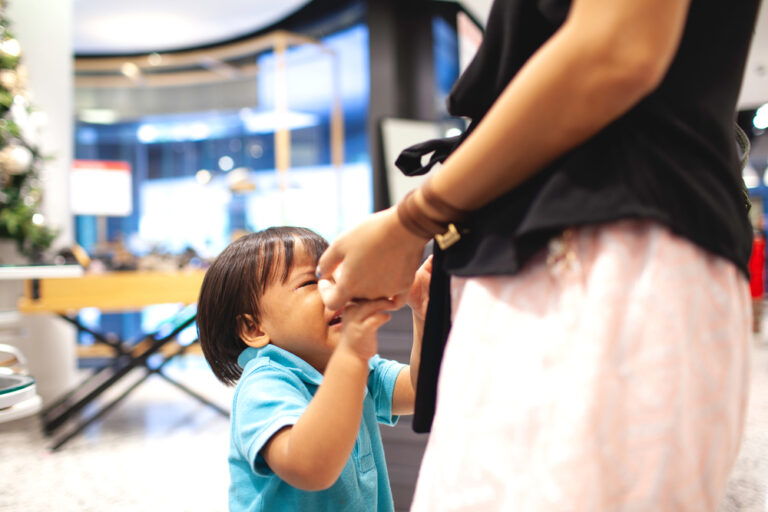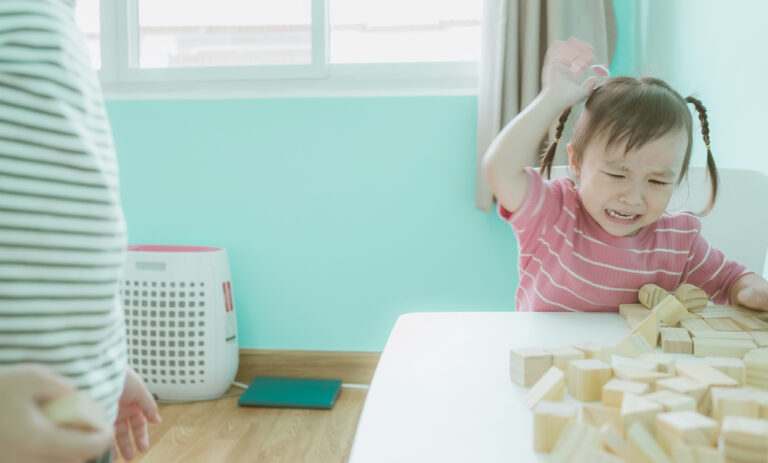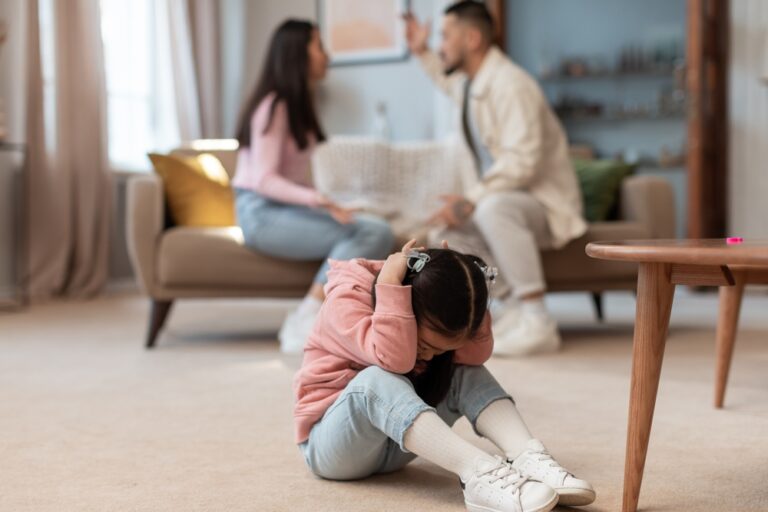What can I eat to refresh my brain and enhance my memory?

Written by : Registered Dietitian (Australia) Chung Yong Man
It’s exam season and students are studying hard for their exams. Many parents ask, “What are the best foods to help your child refresh and maintain a good memory?
Carbohydrates
Carbohydrates are digested and converted into glucose, which provides sufficient energy for the brain. Therefore, I recommend eating an appropriate amount of carbohydrates at each meal to maintain the effective functioning of the brain. Food sources include grains and cereals such as rice, noodles, bread, oats, etc., and high starchy vegetables such as potatoes, corn, sweet potatoes, chestnuts and taro. Choosing high-fiber grains and cereals such as whole grain breakfasts, oats, whole wheat bread and red rice will help stabilize blood sugar and maintain concentration.
Omega-3 fatty acids
Omega-3 fatty acids, such as EPA and DHA, are the main elements that make up the brain’s cell membranes and nerve tissues, maintaining the normal transmission of messages in the nervous system and helping to maintain good memory. Omega-3 fatty acids can be obtained from eating deep-sea fish such as salmon, tuna, mackerel, etc. I recommend eating 2 to 3 meals a week, with each meal being about 2 to 3 ounces (the size of the palm of your hand). In addition, almonds, walnuts and avocados are also rich in omega-3 fatty acids.

Lecithin
Lecithin is one of the important elements in the composition of the neurotransmitter acetylcholine, so adequate intake helps to revitalize brain cells, make thinking sharper and enhance memory. Eggs, soybeans and their products such as tofu, soy milk and baked beans with ketchup are rich in lecithin.
Iron
Iron is the main element in the production of red blood cells, which transports enough oxygen and nutrients to the brain to help keep it awake. Red meats such as beef, lamb and ostrich are rich in iron, and I recommend eating 2 to 3 meals a week at about 2 to 3 ounces per meal. Iron can also be taken from dark green vegetables such as spinach and red kidney beans, but since plant-based iron is more difficult to be absorbed by the body, foods rich in vitamin C, such as oranges, kiwis and tomatoes, can be eaten at the same meal to increase absorption.

Antioxidant Nutrients
Stress and poor diet can increase free radicals in the body, which can damage body cells and accelerate degeneration, or impair memory. Vitamins A, C, and E are antioxidants that protect brain cells from free radical damage and prevent memory loss. Foods rich in vitamin A include carrots, pumpkin and spinach; vitamin E can also be obtained from nuts, eggs and dried beans.
The above nutrients can promote brain health, but we should not only focus on the intake of a single nutrient. I encourage people to diversify their diets as much as possible to get enough nutrients to keep the brain functioning optimally.





